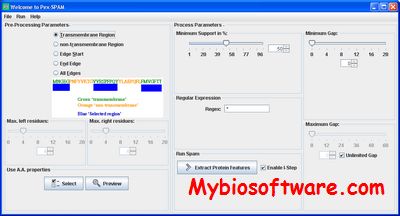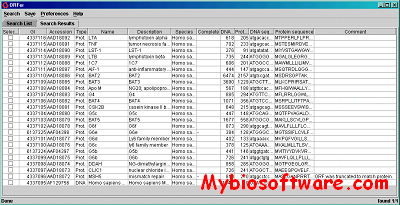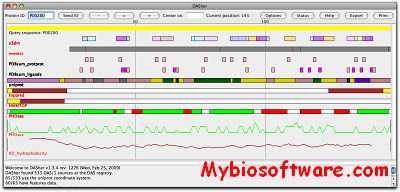Pratt 2.1
:: DESCRIPTION
PRATT is a tool to discover patterns that are conserved in a set of protein sequences. The user can specify what kind of patterns should be searched for, and how many sequences should match a pattern to be reported.
::DEVELOPER
:: SCREENSHOTS
N/A
:: REQUIREMENTS
- Linux
:: DOWNLOAD
:: MORE INFORMATION
Citation
I.Jonassen, J.F.Collins, D.G.Higgins.
Finding flexible patterns in unaligned protein sequences
Protein Science 4, 1587-1595 (1995)
I. Jonassen
Efficient discovery of conserved patterns using a pattern graph.
CABIOS 13, 509-522 (1997).




